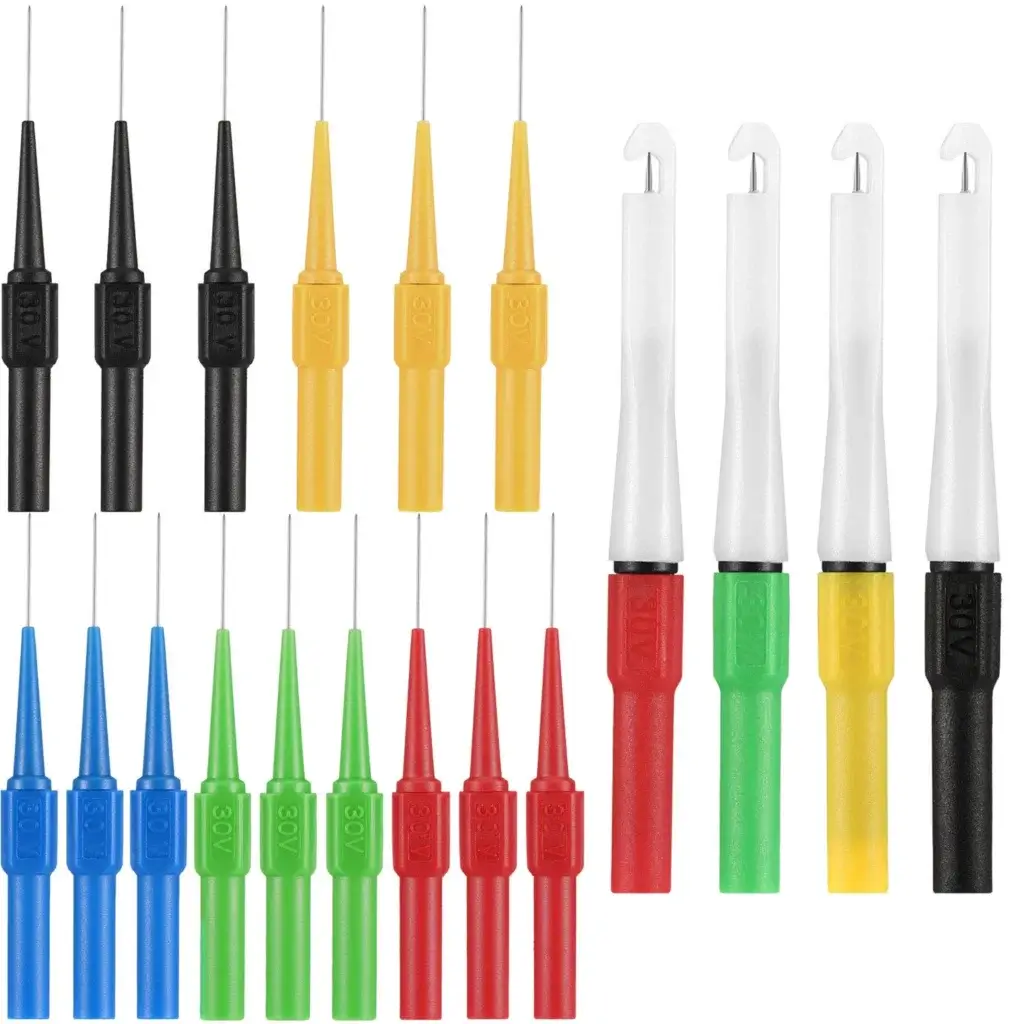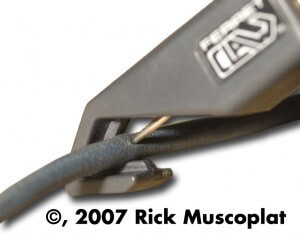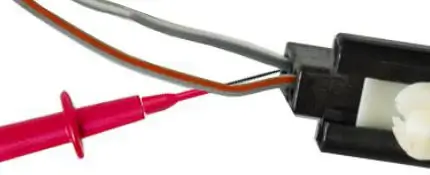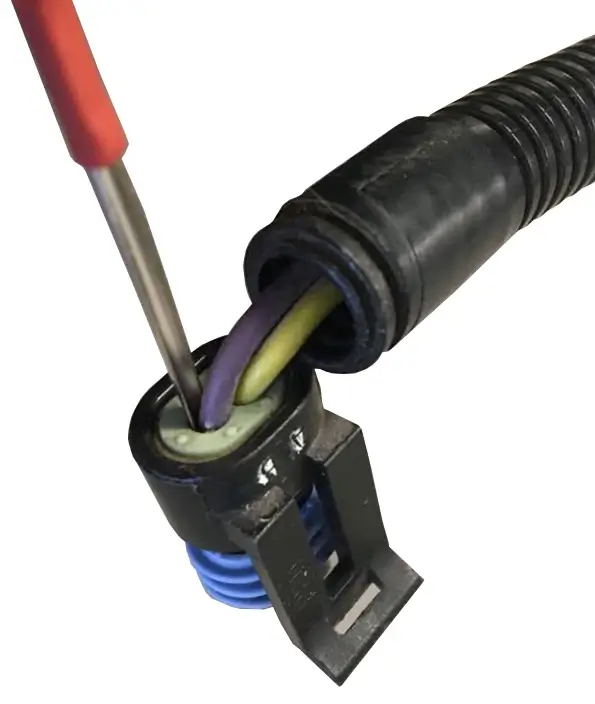The benefits of using back probe pins and probes
Use back probe pins to diagnose electrical, sensor, and computer issues
When you’re checking live voltage readings on  sensors, you have to connect to the wires while it’s connected. Some techs stick a pin through the wire. That works, but it can create problems later on if you don’t properly seal the insulation when you’re done. The best and most professional way is to use back probe pins since they don’t damage the insulation.
sensors, you have to connect to the wires while it’s connected. Some techs stick a pin through the wire. That works, but it can create problems later on if you don’t properly seal the insulation when you’re done. The best and most professional way is to use back probe pins since they don’t damage the insulation.
I’ll show you the pros and cons of wire piercing probes, back pin probes, and spoon probes.
The advantages of wire-piercing probes
Wire-piercing probes are the easiest to use because you can place them a

nywhere along the wire. Just position the wire in the cradle of the “claw.” Screw the piercing probe into the wire and then attach the lead from your digital multi-meter to the end of the probe. It gives perfect readings every time. When you finish the job, apply a dab of fingernail polish to seal the puncture hole. Do NOT use RTV. It causes corrosion on copper wires.
Back probe pins don’t require sealing when you’re done
Back probe pins allow you to test the circuit right at the electrical connector. That not only gives you the reading, but also confirms the integrity of the wire. es. Here’s how to use back probe pins.
Line up the pin alongside the wire you want to test. Then push it into the electrical connector and check for good contact using your meter.
Or use a spoon probe
A spoon backprobe slides down the side of the insulation and into the electrical connector. As it slides in, it displaces the silicone rubber. The advantage to the spoon probe is that it stays in place better than the pin probes.
© 2012 Rick Muscoplat
Posted on by Rick Muscoplat


